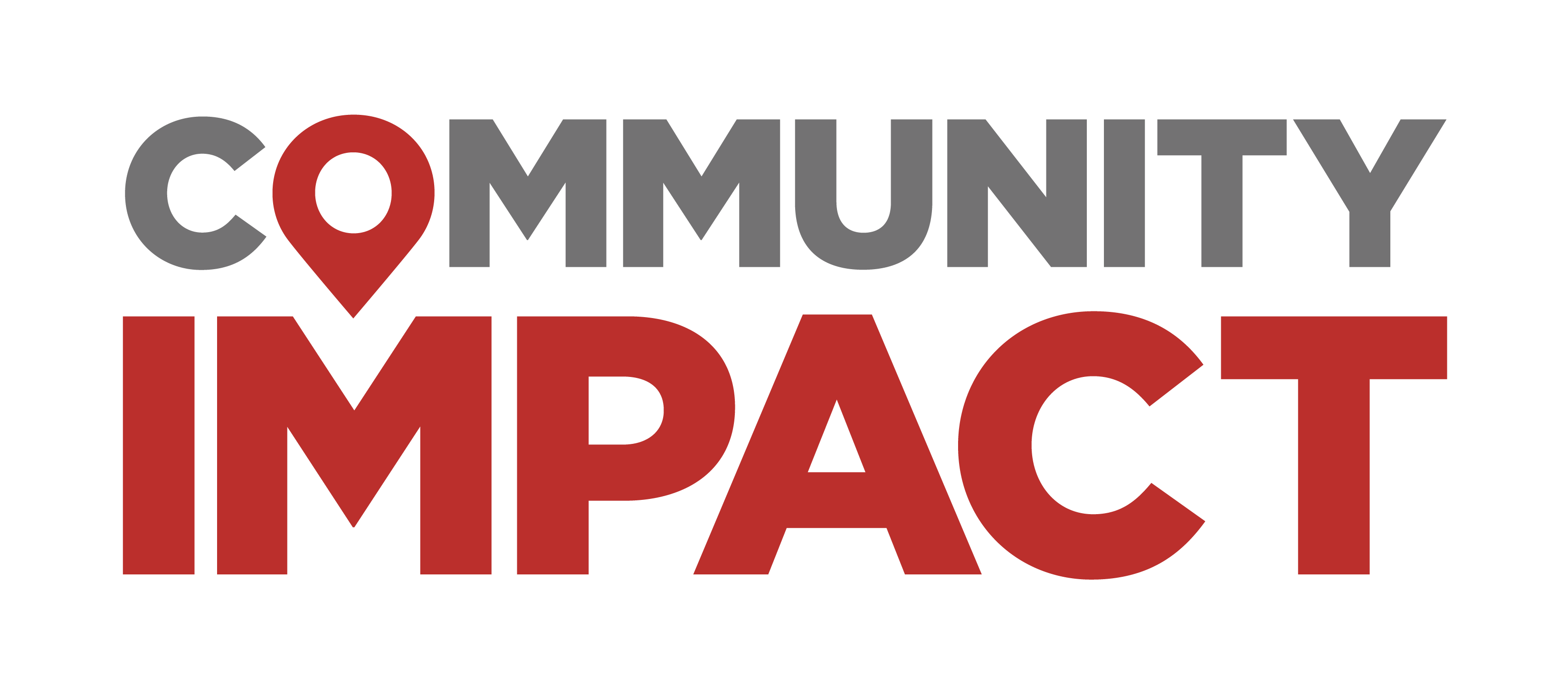The details
Designed to reduce crashes and lower the risk of severe injuries and fatalities for both drivers and those walking, biking or using transit, the project included:
- New, separated bikeways and shared-use paths to enhance multimodal mobility safety
- Restriped high-visibility crosswalks and new Americans with Disabilities Act-compliant curb ramps
- New and extended medians on intersection approaches to reduce conflict points
- Driveway reconfigurations to provide safer access points
- Relocated bus stops on eastbound Stassney Lane, serving high-frequency bus route 311
Just over $1 million was outlined in plans for this intersection, according to city documents.
Explained
Fatal and serious injury crashes have decreased by 22% at major intersections in Austin where safety improvements have been made, according to a report released in June by the city’s Vision Zero program.
The Vision Zero initiative—which has been adopted by cities throughout the nation—aims to eliminate traffic-related serious injuries and fatalities.
One way the city has tackled this goal is by making improvements to major intersections throughout the city. The 2024 report compared crash data before and after the improvements were substantially completed for 22 intersections.
Major intersections have a higher likelihood of severe injury or death because of the many conflict points, such as high speeds and high volume, the city’s Interim Assistant Director Lewis Leff explained to Community Impact.
Put in perspective
Transportation expert Randy Machemehl, a research lead on projects for The University of Texas at Austin’s Transportation Research Center and Texas Department of Transportation, said recent studies have found that close to 80% of pedestrian fatalities occur at night or during the early morning and late evening hours.
“All that points to a lighting problem,” he said.
Machemehl said that the city is doing a great job targeting these high-crash intersections, but that more research is needed.
“My only concern is with the process that both the state and the city use. There is a lack of a clear linkage between the identification of a quote, unquote hot spot and the kinds of countermeasures that are proposed,” Machemehl said. “That choice of countermeasure is generally a matter of experience.”
Typically, transportation safety teams will look at crash records to identify hot spots, or high-crash locations. These locations are then run through vetted algorithms and systems that identify potential countermeasures, Machemehl said.
"You might be kind of floating around in the dark," Machemehl said, explaining that someone with extensive experience is more likely to choose effective countermeasures, while those with less experience may not.
Research can help close the gap between suggested countermeasures and the clear link to safety improvements necessary at a specific location.
Looking ahead
Studies are currently underway on how lighting can enhance pedestrian and bike safety at high-crash intersections. Machemehl is working with technology that detects pedestrian movement and activates intersection lighting—a more attention-grabbing approach than simply keeping the area illuminated, he said.
The city of Austin has recently installed several traffic signal timing changes throughout the city, in which the pedestrian crossing signal is lit for several seconds while all lanes of traffic remain stopped—known as the pedestrian head start.
These low-cost treatments adjust traffic signal timing to provide pedestrians a head start to establish themselves in the crosswalk before vehicles are given a green light. This makes pedestrians more visible to turning drivers and improves safety for people who may be slower to start into the crosswalk. The pedestrian head start intersections have been shown to reduce vehicle-pedestrian crashes by 13% at intersections, according to the city of Austin.
As of July, city crews installed these leading pedestrian intervals at over 640 crossings across the metro, representing a 250% increase in the number of these intersection improvements in Austin.
“The way we get smarter with all this stuff is we implement a countermeasure where there has been crashes, and then we see how it performs in the field,” Machemehl said.





